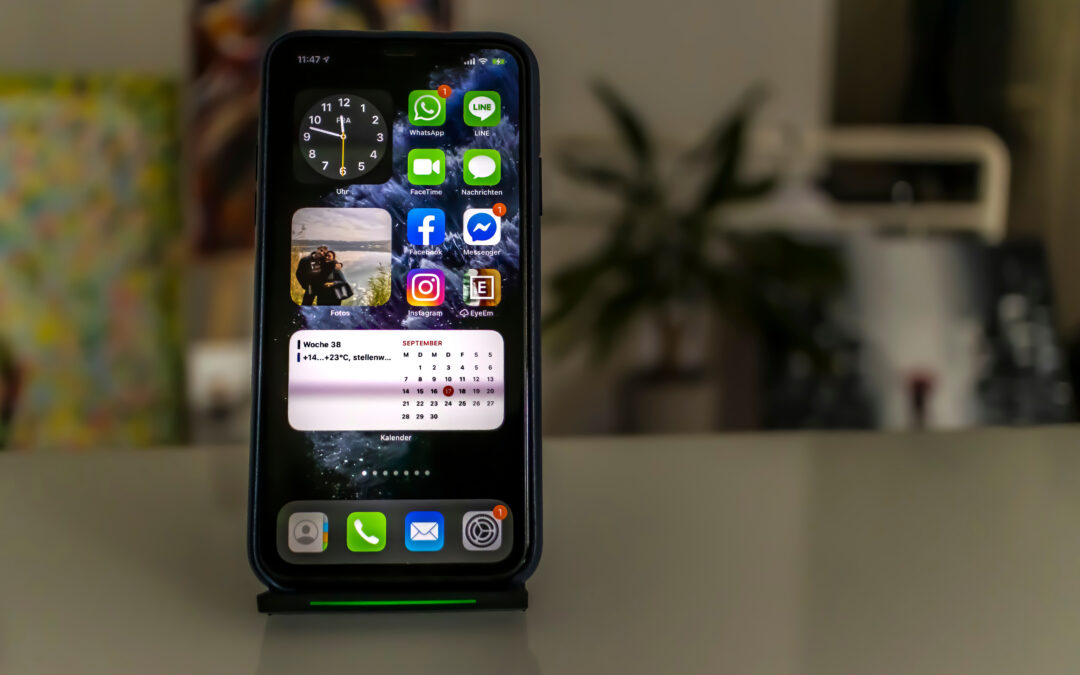How many secrets do you think your iPhone can reveal to strangers? Pay attention to your iPhone at all times because whether it is in your hands or on your desk while you are loading it connected to your computer, it is easy to reach personal information, such as emails, photos and credentials. So how to protect yourself? Follow these tips and maximize the security of your Apple smartphone.
Disclaimer: keep in mind that everything we mention here will deprive your iPhone of some very useful functionality; however, at the same time it will better protect your data. However, you don’t have to follow all these tips, feel free to choose or follow the ones you prefer.
Disable Lock Screen notifications
Any password, even the most effective, is useless if it appears in the notifications that appear on the Lock Screen, the home screen when your phone is locked. Text messages, emails, notifications or information from other apps may contain sensitive data, such as confirmation codes, credentials, appointments, bank details, and so on. The fewer notifications appear on your phone’s Lock Screen, the better.
How it can help you: Make sure that strangers can’t read your personal information from the Lock Screen.
How to set it up: go to “Settings” > “Touch ID and code” > In the “allow access if blocked” section select “View notifications”.
Disable Siri from the Lock Screen
Siri is a really great iPhone feature, but sometimes our nice personal assistant is a little bit indiscreet and might spill some information to a stranger. It is not necessary to disable the feature completely, but it would make us safer not to activate it on the Lock Screen and disabling the voice command “Hey Siri”. Don’t forget: Siri can communicate with anyone, not just the owner of the device.
How it can help you: it will limit the possibility that someone can extrapolate data from smartphones with Siri enabled.
How to set it up: go to “Settings”> “Touch ID and code”> In the “allow access if locked” section, select “Siri”. And then on “Settings”> “General”> “Siri”.
Automatically discard unknown Wi-Fi connections
The iPhone has great features that allow you to automatically connect to known WiFi networks without your permission. On the one hand, it’s a very useful option since you don’t need to do anything to switch from your phone’s data connection to local Wi-Fi; on the other hand, there is the possibility that some cybercriminal could establish his own fake wireless network under the name of some trusted public hotspot. In this case, you would not even realize that your iPhone has connected to a malicious hotspot whereby a criminal could steal all your data. That’s why we recommend that you be very careful with the Wi-Fi hotspots you connect to, or disable this option.
How it can help: Avoid connections to malicious wireless networks
How to set it up: go to “Settings> then” Wi-Fi “> select” Request network access “
Disable cookies from your browser
Cookies are small files that almost all websites generate and leave on your devices. They may contain information about you, your computer or smartphone and your preferences. They basically help websites make sure that you stay logged in or show you relevant content, including advertisements, but in some cases they can be very useful to cybercriminals as they contain credentials and other sensitive data. To be honest, disabling cookies may offer you much more inconvenience than good, but at the same time your data will be safer. But if you think about it, it’s not a very high price to pay if your data is more secure in exchange.
How it can help you: It will reduce the risk of unauthorized use of login data and other types of private information stored in cookies.
How to set it up: “Settings”> “Safari”> in the Privacy and security section, “Do not detect”, “Block cookies: always block”. For other browsers see similar settings.
Enable Location Services
You will be asked whether to activate them when setting up a new iPhone and our advice is to do so. It’s one of the best reasons to have a smartphone – it’s useful for GPS, for finding nearby restaurants, for seeing local weather forecasts, and so much more. A lost iPhone cannot be found if Location Services have not been enabled.
And most importantly, Location Services are needed to track down a lost or stolen iPhone.
You also have ultimate control over which apps can and cannot access your location, and when. For example, you can allow the Weather app to use your location to display local weather forecasts, but hide your location for Facebook.
To access location services: Settings> Privacy> Location
How to activate the Send last location in case of loss or theft feature:
- In iOS 10.3 and iOS 11: Settings> [your name]> iCloud> Find My iPhone
- In iOS 10.2 and earlier: Settings> iCloud
How to restore the default location services settings: Settings> General> Reset and tap “Reset location and privacy”



Recent Comments